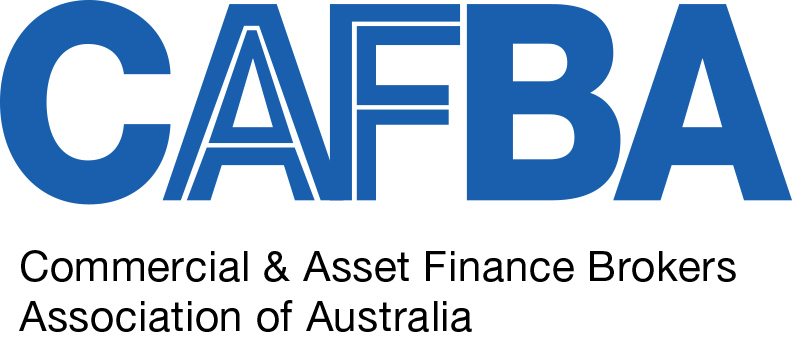Small and Medium-sized businesses (SMEs) are the backbone of the Australian economy, providing most of the employment and driving growth and productivity. However, they do not receive the funding they need to realize their full potential, resulting in missed economic opportunities.
The answer is data-driven lending. As our economy digitizes, the amount of data and the number of data sources expands exponentially. This data gives commercial brokers and the lenders they work with the opportunity to overcome historical data asymmetries between lenders and borrowers. All parties can make more informed, faster, and better lending decisions, which – in turn – leads to more funding for SMEs (thus closing the funding gap).
Data-driven lending is the process by which different digital datasets are meshed together to get a much clearer understanding of a borrowers’ future finances, both in terms of their risk profile and needs. This allows the commercial broker and the chosen lender to make better decisions, more quickly, provide a tailored solution at lower cost, and optimise customer experience.
There is a significant information asymmetry between a borrower, who has a real-time, near complete view of their business performance and position, and a lender, who must piece this together using partial, historical information sources. But this inequality doesn’t have to persist.
There’s more and more real-time information readily available (e.g. accounting, live bank feeds and logistics data) that the lender can access to bridge this asymmetry and get to a decision about whether to approve a loan more quickly and efficiently.
Furthermore, all assets, tangible or not, become data streams because the arbitrary distinction between physical assets (like buildings), which could be used as collateral, and intangible assets, which could not, is blurring.
Armed with the right data, commercial brokers and lenders can make better informed and faster lending decisions against a broader range of collateral. This can significantly increase the supply of credit to the SMEs by lenders. Further as more is known about SMEs, the flow of credit not only increases but commercial brokers and lenders can also offer the right lending services – at the right time – to match the borrower’s exact needs.
To ensure commercial brokers reach their potential as the channel of choice for SMEs, here at Cito+ we are carefully considering the data sources that can be accessed, looking for insights across multiple different data sets and enabling access to data that suits what is needed for business lending.
The smart use of data will enable those providing services to SMEs (commercial brokers and lenders) the opportunity to better structure lending solutions to their customers’ needs.
This is the promise of data-driven lending: to make lending more abundant and tailored.


